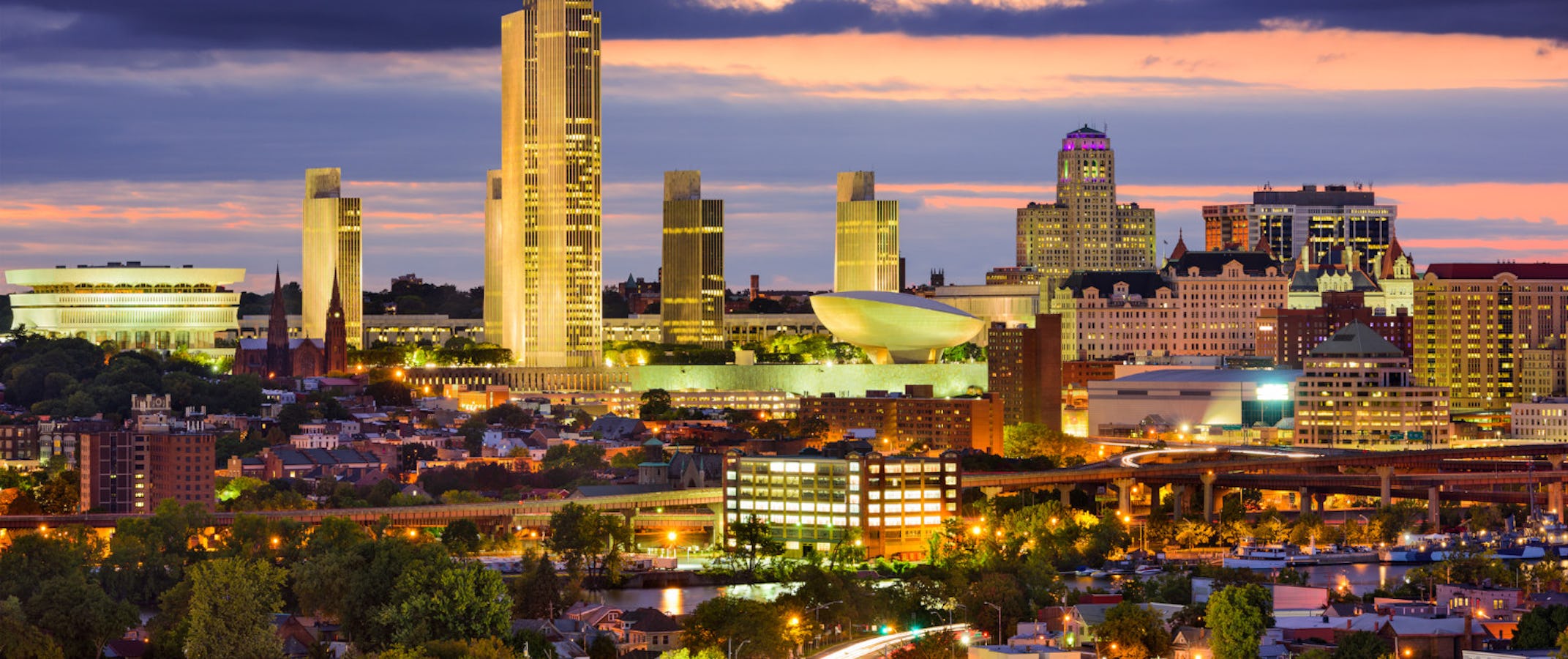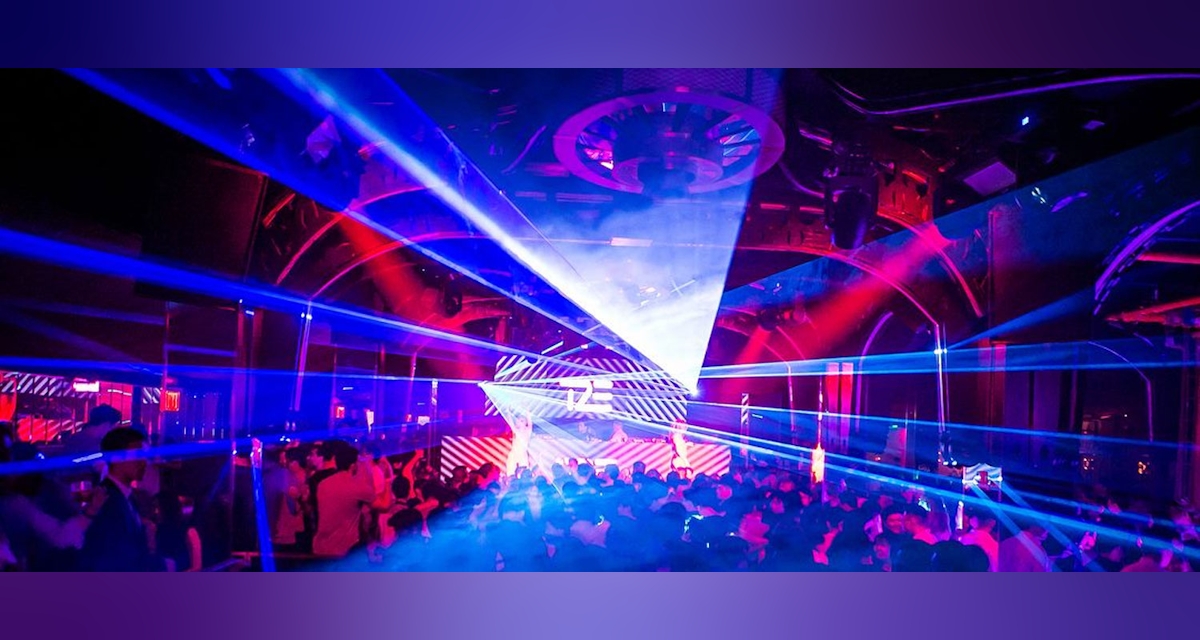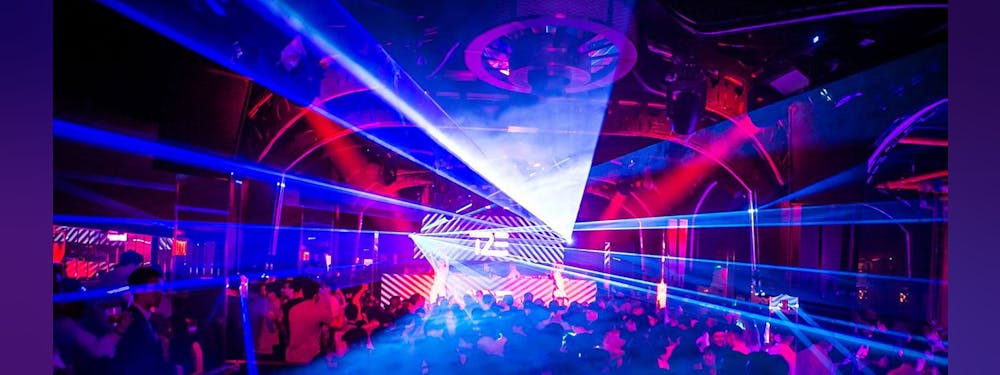

Mission Nightclub
Mission Nightclub
∙
New York
Nightclub
Nightclub
Upcoming Events
Friday, December 26
Saturday, December 27
Friday, January 2
Saturday, January 3
Friday, January 9
Saturday, January 10
Friday, January 16
Saturday, January 17
Friday, January 23
Details
Description
- Bottle Menu
- Floor Plan
- Venue Capacity: 600 Venue Rental Request >
Partner Bobby Kwak says that the real reason Circle closed was because they couldn’t afford the new lease asking price at the club, which was in an area that now has a Whole Foods and a SoulCycle. It’s working out better for them though, he says: Mission Nightclub, which opens on March 3 at 229 West 28th Street between Seventh and Eighth avenues, is slightly closer to K-Town, where many of their clientele party before and after going to the club anyway. It’s also bigger than Circle, he adds. Mission won’t be that different from Circle. Like its predecessor, Mission will mimic clubs in Korea, with plates of cut up fruit for people who order bottle service and well-dressed men as servers instead of the cocktail waitresses more common at American clubs. A new and upgraded sound system will also be in place, as will a new lighting system. Otherwise, “a club is a club at the end of the day: lights, music, dancing, bars,” Kwak says. Besides the superior space and the lost of the previous lease, the partners also decided to reopen a Korean nightclub elsewhere because “there’s a need for something like this,” he says. Circle had been around for a decade and was primarily a go-to club for Koreans, Korean Americans, and other Asians and Asian Americans. In an oral history about the club, website The Ringer calls it “an epicenter of Korean nightlife in New York.” It frequently sported long lines every weekend, had a location near Times Square, and was visited by celebrities like Usher, Anthony Bourdain, and Pharrell Williams — but was virtually unknown to people outside the community. Ultimately, the new club’s — ahem — mission will be the same as Circle, too: to be a place for Asians and Asian Americans. “The Asian community, they hate to admit it, but they loved Circle,” Kwak says. “It’s like a safe haven for them. It’s kind of like Cheers. …that’s what Circle was to the Asian community. People were regulars were there because they felt a sense of comfort. They felt a sense of home. It was a place where people in the Asian community were able to connect with each other.”
Gallery
Swipe to view more images.


